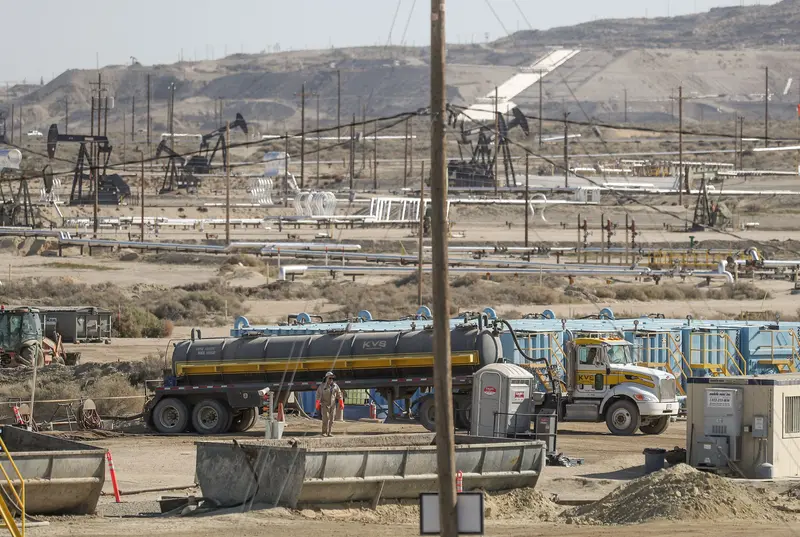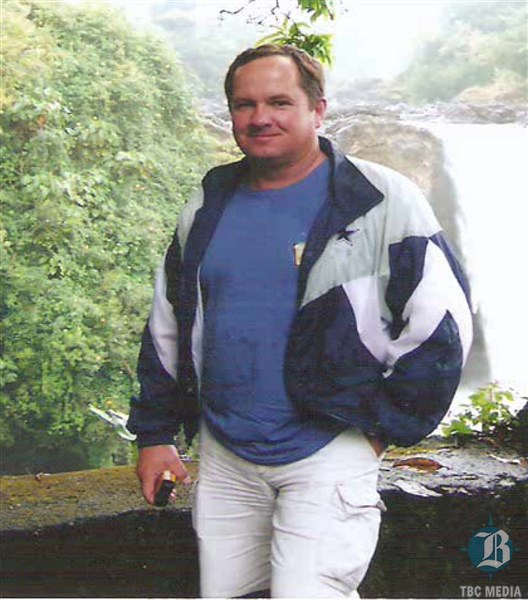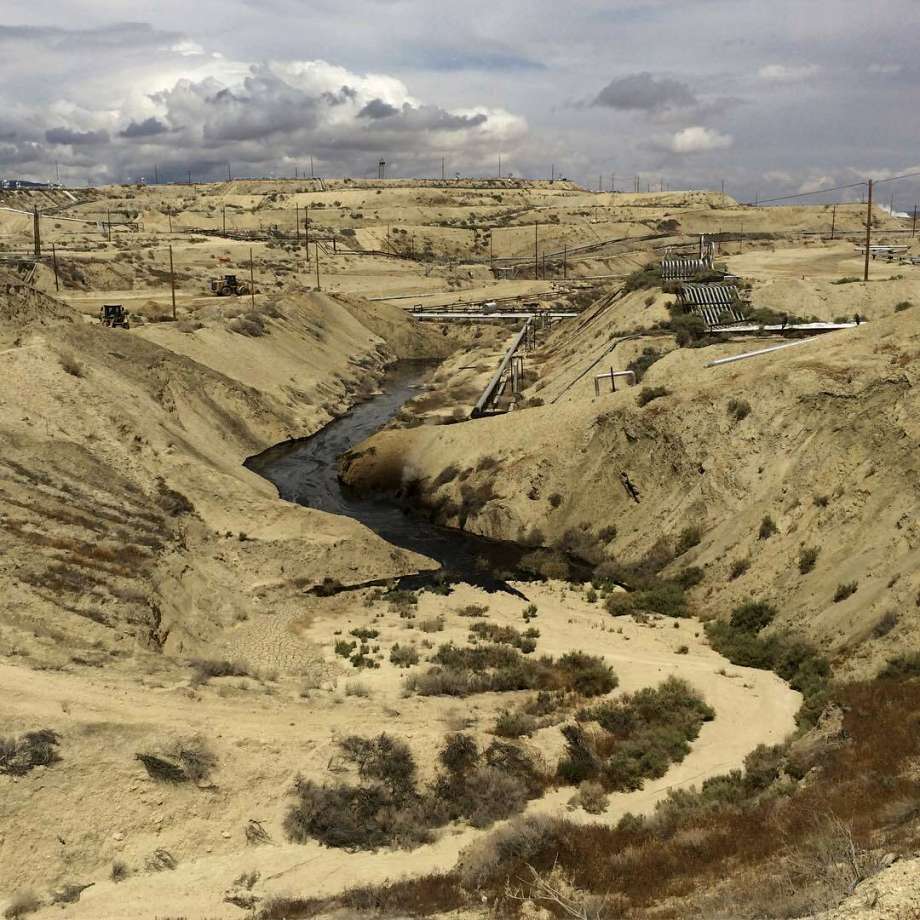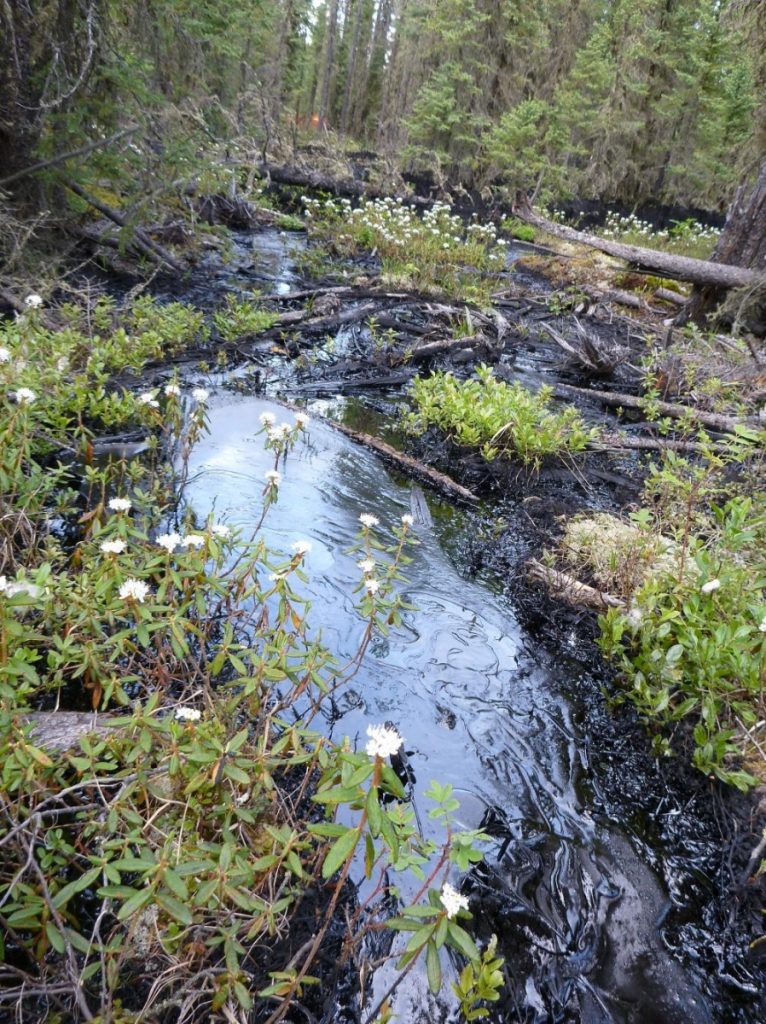
This Chevron and feeble regulation mess is tough to swallow, notably after Robert David Taylor’s horrific death. I get no feel goods from this “fine.” It’s not a punishment and Chevron will use it to propagandize how great and clean and safe and green the company is, which polluting oil and gas companies do everywhere, if they are fined and the fine is actually paid.
Chevron Will Pay Record Fines for Oil Spills in California, The penalties come after an investigation by The Desert Sun and ProPublica found that companies were profiting from illegal spills and California’s oversight of the industry was lax by Janet Wilson, The Desert Sun March 22, 2024, ProPublica
This article was produced for ProPublica’s Local Reporting Network in partnership with The Desert Sun. Sign up for Dispatches to get stories like this one as soon as they are published.
Oil giant Chevron has agreed to pay a record-setting $13 million to two California agencies for past oil spills, but some of the company’s spills are ongoing.
The fines, announced Wednesday, come more than three years after an investigation by The Desert Sun and ProPublica found that oil companies are profiting from illegal spills and that oversight of the industry by California’s oil and gas division was lax.
At least one of Chevron’s spills is still running 21 years after it began in a Kern County oilfield, although a state spokesperson said it has been reduced by 98% “from its peak.” The amount spilled from the site, dubbed GS-5, is larger than the Exxon Valdez disaster.
The crude collected from GS-5 generated an estimated $11.6 million in just three years, The Desert Sun and ProPublica found. In fact, rather than stopping potentially deadly inland spills, known as surface expressions, oil companies have routinely tried to contain them with netting or pieces of metal and used more than 100 of them as unpermitted oil production sites in Kern and Santa Barbara counties.
This week’s announcement stopped short of saying GS-5 and other ongoing spills must be stopped, as required under state law. Instead, officials said the settlement “creates a framework for managing the spills with State oversight,” and “Chevron agrees to continue monitoring the site with Department of Conservation oversight.” ![]() Translation to my brain: Nothing will be done, but a lot of pretending to monitor, and huffing and puffing deflection.
Translation to my brain: Nothing will be done, but a lot of pretending to monitor, and huffing and puffing deflection.![]() No specific sites were named.
No specific sites were named.
In follow-up emails and a phone call, spokespeople for the state said the fines cover the first phase of the Cymric spill, in which a river of thick crude flowed down a natural watershed. Chevron for several years denied it posed a risk to health and the environment, and the company fought a $1.6 million fine imposed by state regulators. The penalties also cover dozens of smaller spills that killed or damaged wildlife and habitat.
The new fines, which will be paid to the Department of Conservation and the Department of Fish and Wildlife, are unprecedented for the agencies but are minuscule for Chevron, a multinational that reported $2.3 billion in earnings in the fourth quarter of 2023.
Spills in Chevron’s Cymric oil field had gushed more than 6 million gallons of wastewater and crude as of last June, but the settlement covers only 2 million gallons spilled from unidentified Kern County Chevron operations.
A spokesperson for the Department of Fish and Wildlife said in an email that the fines covered the first phase of the Cymric incident that the agency’s oil spill response teams worked on from June 2019 through April 2020, totaling 1.2 million gallons, about 70% wastewater and 30% oil.
As for the decadeslong GS-5 spill, Department of Conservation spokesperson Jacob Roper said: “As mitigation continues, less oil finds its way to the surface. Mitigation measures include injecting water underground to improve ground stability, sealing subsurface leak paths and removing fluids in shallow areas before they can reach the surface.” (The injected fluid gradually cools hot steam so as to not create more boiling spills.)

At the spill’s peak in 2019, Roper noted, about 2,500 barrels of oil and water came to the surface each day. At the start of 2024, that had fallen to 80, and it has since dropped to 68.
In an email, Chevron North America spokesperson Sean Comey said the settlements “demonstrate![]() we can do what we like, and kill who or what we like
we can do what we like, and kill who or what we like![]()
our continuing commitment to take action to address issues and prevent similar incidents in the future. Throughout our operations we work collaboratively with government agencies to protect people and the environment and maintain safe and reliable operations.”
He added: “We always ![]() never
never![]() strive to meet or exceed our environmental obligations
strive to meet or exceed our environmental obligations![]() because it’s too expensive to heed the law and we’re only interested in money
because it’s too expensive to heed the law and we’re only interested in money![]() . When we do not achieve that goal, we
. When we do not achieve that goal, we take ![]() lie and avoid
lie and avoid![]() responsibility and appropriate action. We are pleased to put this matter behind us in a way that benefits our community so we can continue to focus on
responsibility and appropriate action. We are pleased to put this matter behind us in a way that benefits our community so we can continue to focus on![]() making more and more and more money while we destroy earth’s livability and the futures of your kids and their kids
making more and more and more money while we destroy earth’s livability and the futures of your kids and their kids![]()
providing the affordable, reliable, and ever cleaner energy California needs.”
The California agencies’ announcement received qualified praise from an environmental attorney who monitors the state laws and policies on oil and gas production and spills.
“It’s great to see one of the state’s most prolific polluters fined for its destruction to the environment,” said Hollin Kretzmann, an attorney at the Center for Biological Diversity’s Climate Law Institute.
“But it’s outrageous that Chevron earned more than $11 million off selling the oil collected from one surface spill — almost equal to the amount of this historic fine.”
He added: “The Desert Sun-ProPublica investigation that turned up that information was vital, and we need more of that type of scrutiny of oil producers from the state. To protect Californians from oil industry pollution, oil regulators need to step up oversight to minimize the damage this deadly industry does on its way out the door.”
The $5.6 million Chevron will pay the Department of Conservation will be used to plug old, dangerous wells abandoned by other owners without proper cleanup.![]() Wanna bet Chevron won’t clean up after it’s filthy profit-raping self when the time comes?
Wanna bet Chevron won’t clean up after it’s filthy profit-raping self when the time comes?![]()
“This agreement is a significant demonstration of California’s commitment to transition away from fossil fuels while holding oil companies accountable when they don’t comply with the state’s regulations and environmental protections,” the department’s director, David Shabazian, said. “Every penny collected here will go toward plugging old, orphan wells in order to protect the environment and people of California.”
California’s oil wells could cost $9 billion to plug, according to a 2020 report, and companies have set aside only a fraction of those costs, though the state and federal governments are gradually stepping up funding and requirements.![]() Decades too late, already. Just like across Canada. I wonder how many towns will blow up from industry’s and its self regulators’ negligence and law violations in the meantime?
Decades too late, already. Just like across Canada. I wonder how many towns will blow up from industry’s and its self regulators’ negligence and law violations in the meantime?![]()
Conservation staff previously identified 378 wells across six counties to begin working on under the state’s well abandonment program, which permanently seals orphan wells and remediates sites, officials noted in this week’s announcement. Work in Santa Barbara and Los Angeles counties began late last year — thanks to $125 million in state and federal funding to address old and aging oil infrastructure.
California is also eligible for an additional $140 million in federal funding to plug more wells, the news release said, and the Department of Conservation is working to claw back funding from oil companies that “sold off idle, orphan, deserted, or unplugged wells.”
The Department of Fish and Wildlife agreement with Chevron places $6.8 million in the agency’s Environmental Enhancement Fund, which provides grants for projects that acquire habitat or improve habitat quality and ecosystem function. An additional $500,000 will go to the Oiled Wildlife Care Network at the UC Davis School of Veterinary Medicine to maintain facilities in Kern County that care for animals affected by spills and to support regional wildlife response. And $200,000 will be available to respond to future spills.
Officials pledged ![]() Pffft. Officials pledging anything about the oil and gas industry means zip, most often, rarely are promises made by them (and the devastating industry they don’t regulate) kept
Pffft. Officials pledging anything about the oil and gas industry means zip, most often, rarely are promises made by them (and the devastating industry they don’t regulate) kept![]() to tighten regulation of oil company violations, including potential criminal penalties under AB 631, a law that went into effect in January that gives regulators more authority to fine oil companies that cause major spills or other hazards.
to tighten regulation of oil company violations, including potential criminal penalties under AB 631, a law that went into effect in January that gives regulators more authority to fine oil companies that cause major spills or other hazards.![]() If regulators didn’t do jack shit with less, why would they bother doing more with more?
If regulators didn’t do jack shit with less, why would they bother doing more with more?![]()
In 2020, a spokesperson for the state’s oil regulator, the California Geologic Energy Management Division, told The Desert Sun and ProPublica that the agency had issued $191,669 in civil penalties and collected nothing. The then-head of CalGEM pledged more public transparency, including more details on enforcement information. As of Thursday, the agency has issued 13 orders to pay civil penalties in 2024, but it was impossible to determine online if they have been paid.
![]() The oil and gas patch is regulated like this, everywhere it profit-takes:
The oil and gas patch is regulated like this, everywhere it profit-takes:![]()


Refer also to:

Chevron’s steam sink hole that killed Robert David Taylor

Robert David Taylor

Chevron’s steam injection oil seep leak/breakout ![]() like happening in Alberta too, in the tarsands SAGD, and proven to have contaminated groundwater. One example:
like happening in Alberta too, in the tarsands SAGD, and proven to have contaminated groundwater. One example:![]()

2014: Romanian peasants’ revolt against hydraulic fracturing, Chevron tries to bribe with yoghurt
2014: The Chevron Frac Guarantee: Our well won’t explode…or your pizza is free!

2013: BP, Chevron Accused Of Illegally Dumping Toxic Radioactive Drilling Waste Into Louisiana Water
2013: Chevron Sues Its Own Shareholders In Ecuador Compensation Battle
2012: Criminal investigation at Chevron refinery, Pollutants allegedly routed around monitoring devices
2012: Chevron Workers Plead To Be Evacuated Before Deadly Blast
